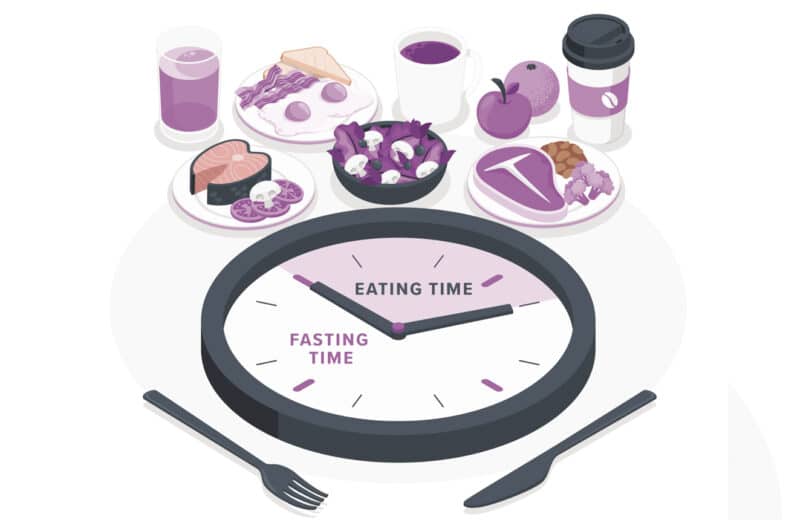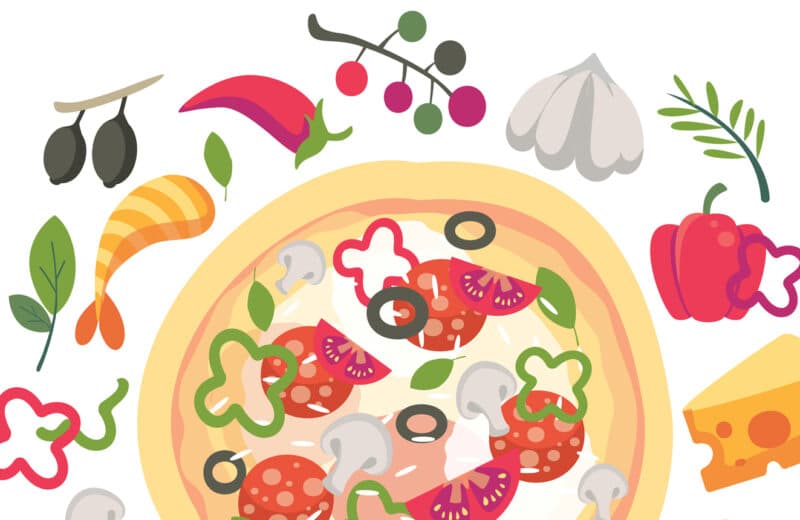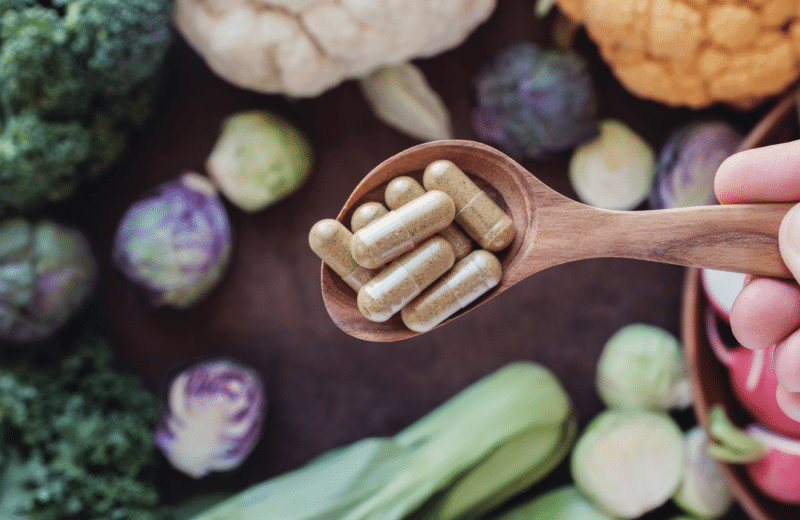By Karen Collins, M.S., R.D.N., C.D.N., F.A.N.D., Environmental Nutrition Newsletter
When scientists observe that lots of people don’t meet their needs for particular nutrients, they are dubbed “shortfall nutrients.” Here are four essential nutrients most likely to be insufficient in your diet, based on the National Health and Nutrition Examination Survey, and simple strategies on how to fill those gaps:
Potassium promotes blood pressure control.
Since almost everyone exceeds recommended limits on sodium consumption, dietary potassium’s role in countering harmful effects of excess sodium is especially valuable. Potassium may protect the heart and bones in other ways, too. Yet only three percent of Americans get the 4,700 milligrams (mg) recommended daily for everyone age 14 and up.
Boost intake by adding more fruits, vegetables, and beans. Bananas and citrus aren’t the only fruits rich in potassium; other all-stars include avocado, kiwi and melon.
Tip: Steam or saute potassium-loaded dark green leafy veggies (like spinach, kale and turnip greens) so potassium doesn’t leach out into cooking water.
Dietary fiber helps prevent constipation and lowers risk of colon cancer.
What’s more, fiber may play multiple roles in promoting heart health. So it’s a real concern that only five percent of Americans meet their daily recommended target, which is 25 grams (g) for women (non-pregnant, non-lactating) 19-50 years of age, 21 g for women 50 years and above, 38 g for men 19-50 years, and 30 g for men 50 years and above.)
Boost intake by replacing most refined grains with whole grains, including bread, cereal, pasta, and rice. Swap dried beans for half or more of the meat in a casserole, stew or pasta dish.
Tip: Choose canned beans with no added salt; otherwise, rinsing in a sieve or colander reduces sodium by 40 percent.
Vitamin D is a challenge, since less than five percent of Americans have sufficient vitamin D in their dietary intake to meet current recommendations for 600 International Units (IU) per day (800 IU for age 70 or older).
Bone health has been the traditional target; now some research supports the potential to protect against cancer and other chronic diseases.
Boost intake with milk (dairy or soy) that’s fortified with vitamin D. Fish is also a key source, especially the types also rich in omega-3 fats, such as salmon, sardines, mackerel, rainbow trout and tuna.
Tip: Look for yogurt that is fortified with vitamin D, since yogurts that aren’t fortified contain very little.
Calcium is essential for bones, and seems to help lower risk of colon cancer.
Although less than 50 percent of Americans have diets that meet the Daily Value (DV) of 1,000 mg, excessive use of calcium supplements can go beyond filling the gap. Total intake beyond 2,000 mg per day may damage kidneys and blood vessels. Note that the body can only absorb 500 mg of calcium at a time.
Boost intake by including dairy or calcium-fortified non-dairy milk and yogurt two or three times a day. Dark green leafy vegetables are high in calcium. The body absorbs more from kale, bok choy and broccoli than from spinach, however, because they have less oxalate binding up the calcium.
Tip: When buying tofu, choose types that are made with calcium.
(Reprinted with permission from Environmental Nutrition, a monthly publication of Belvoir Media Group, LLC. 800-829-5384. www.EnvironmentalNutrition.com.)













